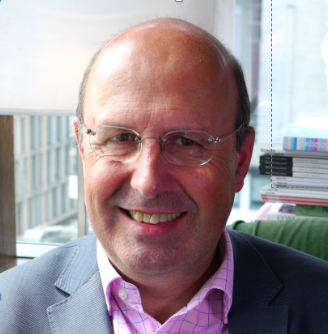You can sign up to our LinkedIn newsletter here
When I am working with people who are building up their Portfolio Executive workstyle, very often they start working for smaller businesses than works best for them. They are also offering lower rates than they eventually can demand from the market. I encourage them to just get started. Quite quickly, as they work with these clients, as they start to bring some income in, they better understand what they want out of those client relationships. They build their confidence to recognise the value they are bringing those clients. Sometimes, at the start, they are charging as little as £500-£600 a day. These clients may be right at the bottom end of the spectrum of clients that are suitable for their offer.
The Challenge of Starting Small
I worked with a guy who was building up a portfolio of part-time FD roles. Early in the development of his workstyle, he worked for several micro companies. His day rate was much lower than it should have been. In addition, he was doing quite a lot of work for free. Because the businesses were too small, it was hard work to engage the CEO and other team members. We worked together to evolve that portfolio and now his target day rate is £1,000 per day and he won’t sign up clients that he can’t bill at least £3,000 per month.
Here are three ways that I think you can powerfully evolve your portfolio over time.
1 – Review your rates
The first thing is, as your clients grow, have a regular checkpoint built into your relationship where you review your rates. When you start out with a client and you are offering them a lower rate, make it absolutely clear that this is a discount on your standard rate. So, if you are only billing them at £500 a day, tell them that this is a discount on your £750 a day rate and that after a year or six months you will want to review the discount. Build at least an annual review point to increase your rates with your existing clients. Those clients which are growing faster may be able to pay more faster.
2 – Move to larger clients
The second thing is to move to new clients. As you are building your confidence, as your skill increases, as you realise the value that you are bringing, then target larger clients. They will value your services more and you can demand more from them. You can still offer them a discount on a standard rate, but that standard rate will be higher. You might confidently say that your daily rate is £1200 but that you will give them a discount of 20% to start. Over time you can reduce the discount.
3 – Negotiating an exit
The third thing I would suggest to upgrade your portfolio is negotiating an exit from those clients that actually are too much trouble; or are not prepared to pay the rate that you need; or where you believe that you have done all that you can to get them as far as they are able to develop. Letting clients go, sacking clients, is a legitimate activity. This is part of the promise that you have bought into to have more freedom and joy in the work that you do. Planning the exit so that you don’t leave them in the lurch preserves your reputation but also maybe you can use that exit from a portfolio executive role, to talk about whether you could actually continue as a non-executive director (NED) supporting them for quarterly board meetings and an annual strategy day, So, you maintain your relationship with the CEO and the business, but you move out of a functional responsibility into a pure advisory, non-executive role.
Conclusion
So, like any portfolio, your portfolio of executive roles needs to be actively managed. Be prepared to let some clients go, transition to a NED role, increasing your rates and find new clients who will provide you with higher fees to steadily upgrade your portfolio.

Charles McLachlan is the founder of FuturePerfect and on a mission to transform the future of work and business. The Portfolio Executive programme is a new initiative to help executives build a sustainable and impactful second-half-career. Creating an alternative future takes imagination, design, organisation and many other thinking skills. Charles is happy to lend them to you.
